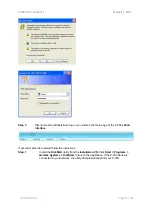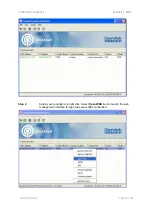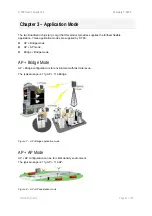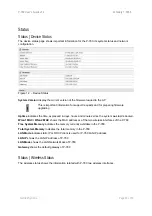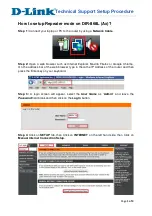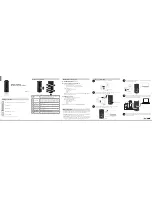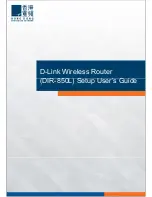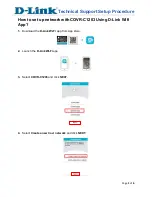
P-780 User’s Guide v1.2
February 7, 2005
Gemtek Systems
Page 9 of 60
Thank you for choosing the Gemtek Systems High Performance Dual-Band Outdoor Access Point P-
780.
The Gemtek Systems P-780 operates simultaneously in the 5-GHz and 2.4-GHz frequency bands and
is fully compliant to 802.11b/g and 802.11a standard with its high performance and enhanced security.
P-780 is an important part for the Gemtek Systems HotZone solution as 11a/b/g outdoor AP.
The two Dual-Band radio (a/g + a/g) that this product provides supplies the furthest in flexibility and
makes sure low interference and large coverage. The a+g operation mode and Multiple BSSID that
this product provides differentiates it from traditional outdoor AP product.
Product Overview
Flexibility and high performance
The Gemtek Systems P-780 is a high performance outdoor AP for HotZone service. The two Dual-
Band radios and AP/Bridge operation mode supply the furthest flexibility for wireless applications:
z
Simultaneously supports 802.11a/b/g in one platform
z
Mix AP and Bridge mode configuration work simultaneously, blanketing last mile with high-speed
bandwidth
z
Dual AP configuration for high client density environment
z
Dual Bridge configuration for wireless repeating and wireless bridging areas
Secure and reliable wireless networking
The Gemtek Systems P-780 supplies multiple methods to protect the wireless network:
z
Supports VLAN, up to 16 VLAN ID
z
IEEE 802.1x/EAP with password, certificates and SIM card
z
64bits/128bits static and dynamic WEP key
z
Supports Wi-Fi Protected Access(WPA)
z
Layer 2 Isolation for preventing snooping under the same radio
z
MAC ACL for preventing illegal attacking from Internet
Multiple BSSID
Supports up to16 BSSID, each of BSSID can be configured independently such as using different
SSID, security, authentication method, and VLAN ID.
Management Option
You can use the Access Controller management systems through the following interfaces:
Web-browser
interface
with HTTPS
Command Line interface (CLI) with optional SSH
Simple Network Management Protocol
Chapter 1 – Introduction

















